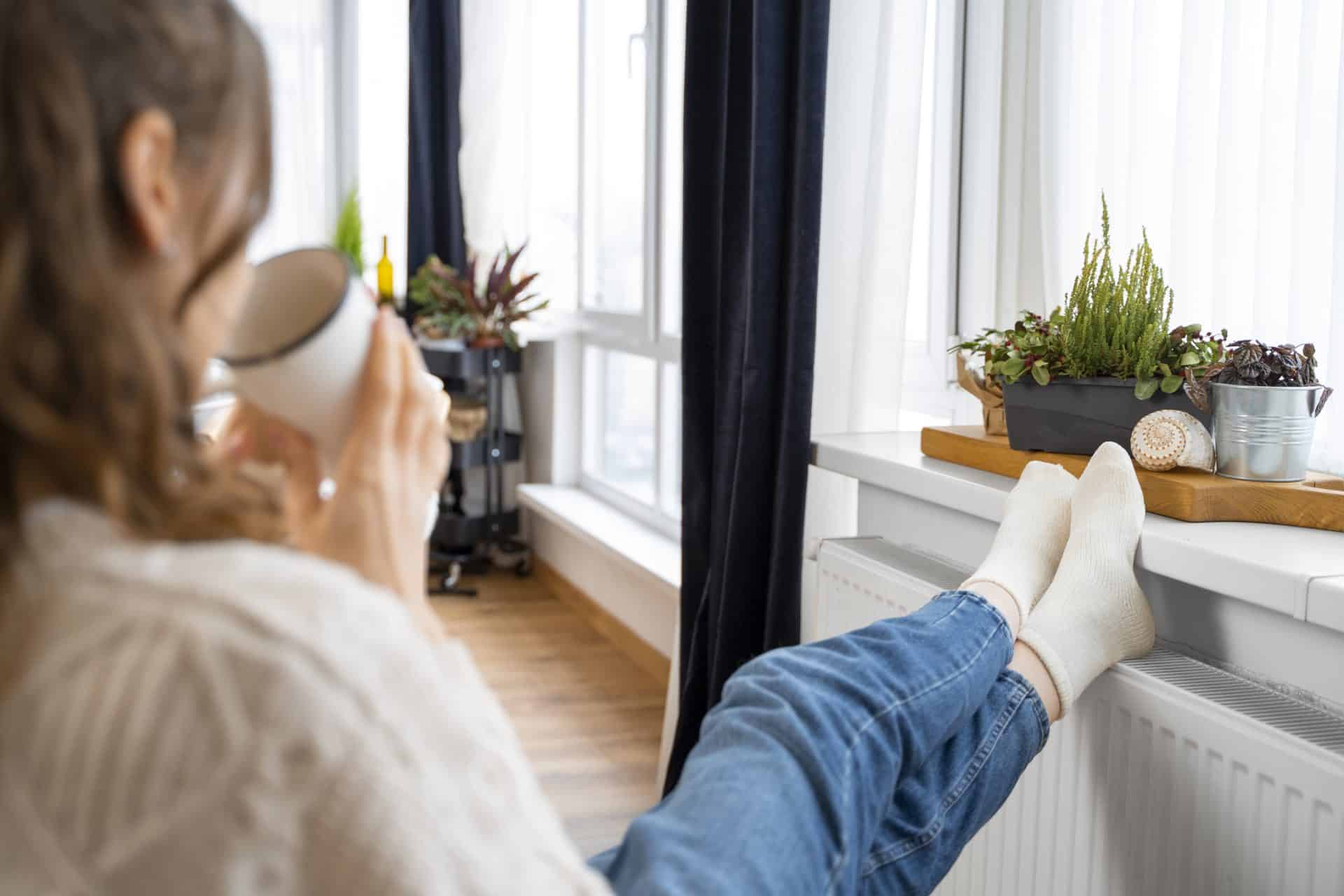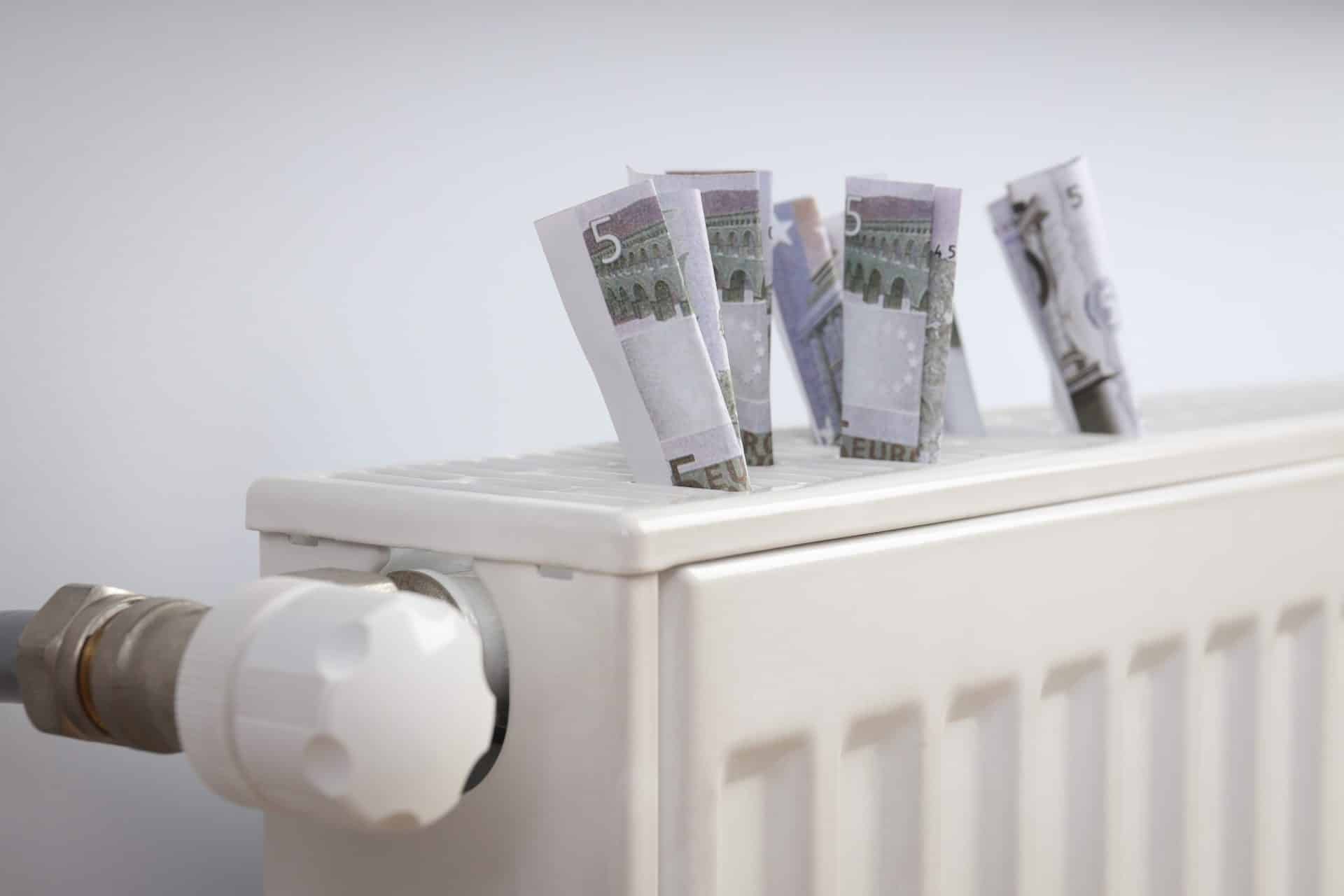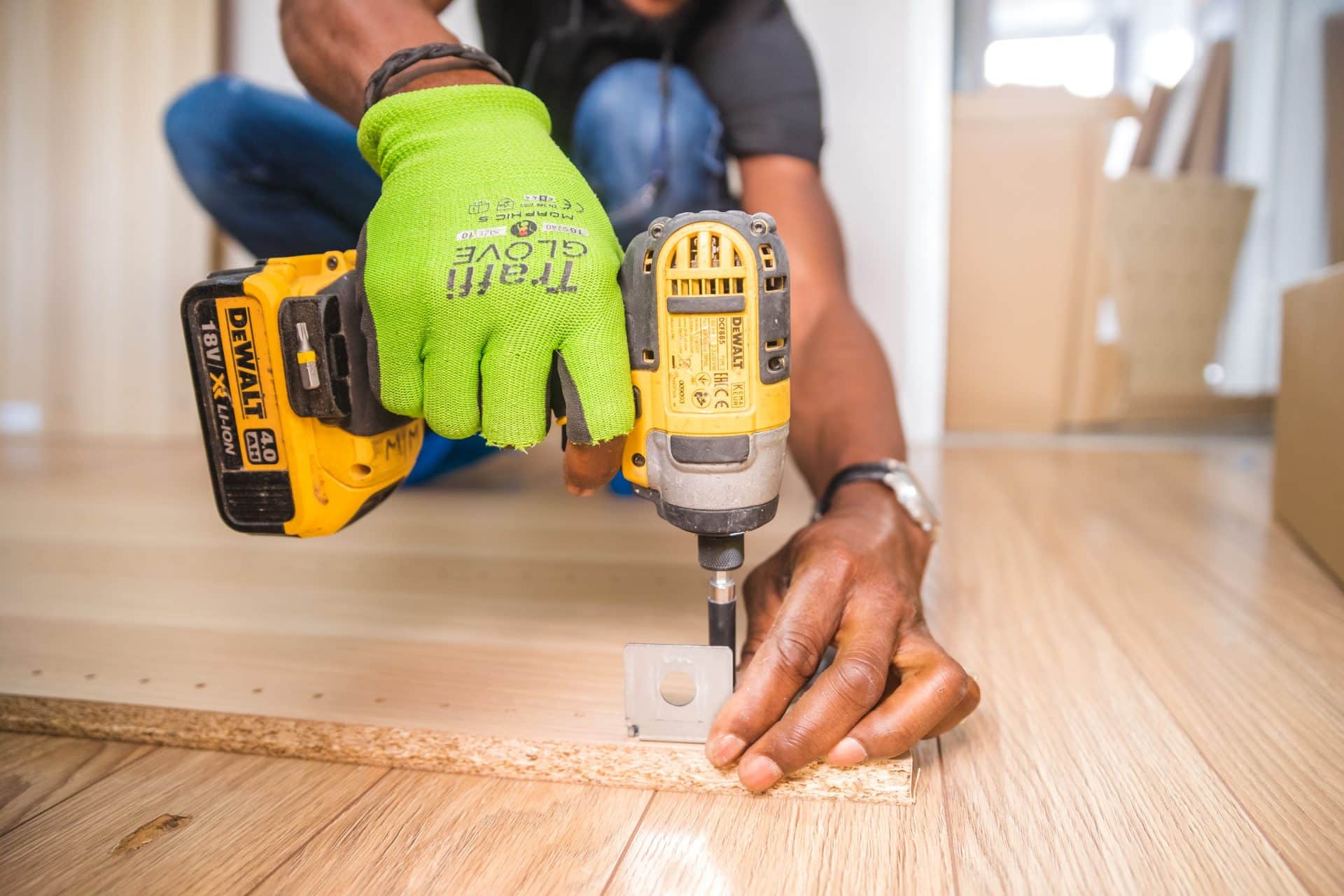When it comes to heating your home, there are plenty of options. But one that's becoming increasingly popular is underfloor heating. It's a great way to heat your home, the installation is straightforward, and it can work with almost any type of flooring you want (though some work better than others).

In simple terms, underfloor heating is a way to heat a room by circulating heated water through pipes under the floor. It’s usually installed in new builds, but can also be installed in existing homes as an upgrade.
Underfloor heating is more efficient than radiators because it uses less energy and doesn’t create any noise or dust—and it can provide radiant heat throughout your home.
It's important to note that this type of system will only work for some homes. If you live in an old house with no insulation, for example, installing underfloor heating may not be feasible because there would be too much cold air coming up from the ground below your floors or you will need to prepare a renovation project.
Underfloor heating systems are also generally more expensive than other types of centralized systems, such as boilers and radiators; however, they are becoming more popular due to their lower running costs over time (as well as their ability to provide heat where needed most), they are energy efficient and perfect for those who struggle to pay bills, especially after the energy price hikes in October 2022.
Underfloor heating works by running electric cables through the floorboards. The cables are connected to a thermostat, which controls the temperature. The cables can be laid on top of or underneath your existing floorboards depending on your home layout and whether you wish to retain the aesthetic look of your flooring.
Once installed, underfloor heating systems are relatively maintenance-free and do not require anything more than an annual checkup.
Underfloor heating is most suitable for rooms where you spend a lot of time, like your kitchen, bathroom, and bedroom.
It can also be good for utility rooms where you want to keep things warm, like the garage or basement.

There are several different types of underfloor heating:

The first thing to consider when looking at your energy bills is the cost of electricity and the cost of gas in your area. Electricity costs vary widely across the country, and some areas have extremely high rates. If you live in an area with a high rate of electricity usage, running underfloor heating may cost more than it would in a lower-cost area.
The cost also is dependent upon if the house has a heat pump.
Homes with many large windows will require more energy during winter months because there is less insulation between outside temperatures and indoor ones; this means that more heat needs to be pumped into the house through radiators or central heating systems like those found within underfloor heating systems like electric radiant flooring systems for maximum comfort year-round without breaking the bank on expensive bills every month during colder months only!
It's important to note that underfloor heating is only suitable for some homes. If you have a new build home or are planning on refurbishing your existing house and installing underfloor heating, then it might be worth considering this option.
Underfloor heating is best suited to houses with high ceilings and plenty of insulation. It's also worth noting that underfloor heating won't be suitable if there are young children living in your home as the pipes could cause burns if they're touched by accident.

While underfloor heating is a great choice for most homes, there are some considerations to keep in mind. First and foremost: what type of flooring works best with underfloor heating? The answer depends on your personal style and needs.
For example, if you’re looking for a newly carpeted room or want to turn an old garage into a playroom for your kids, it might be worth considering ceramic tiles—they look great and are easy to install. If you have pets or children who track mud into the house after playing outside in winter weather, hardwood floors may be better suited to your family’s lifestyle.
There are many different types of hardwood flooring available today; this guide will help explain how each one works so that homeowners can make informed decisions about which ones would work best on their property!
To get a free quote, you can contact our team. We will ask you some questions about your requirements and give you an estimate for the project. You can also browse through our website to learn more about underfloor heating systems.

If you're looking for a new way to heat your home, underfloor heating is a great option. It's easy to install and can be done in just a few days. The best part about this type of heating is that it'll keep your floors warm all winter long while saving money on heating bills!
